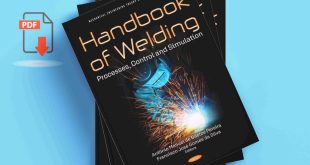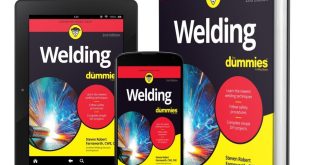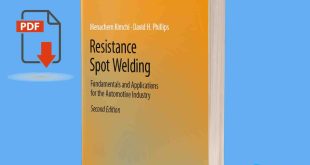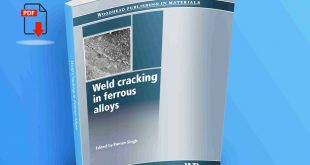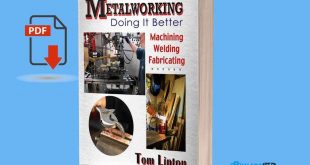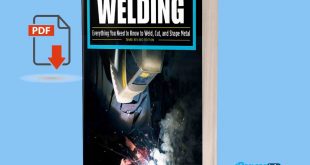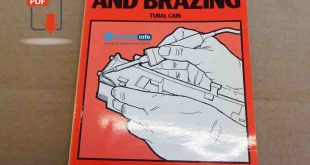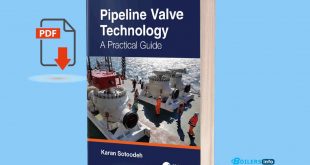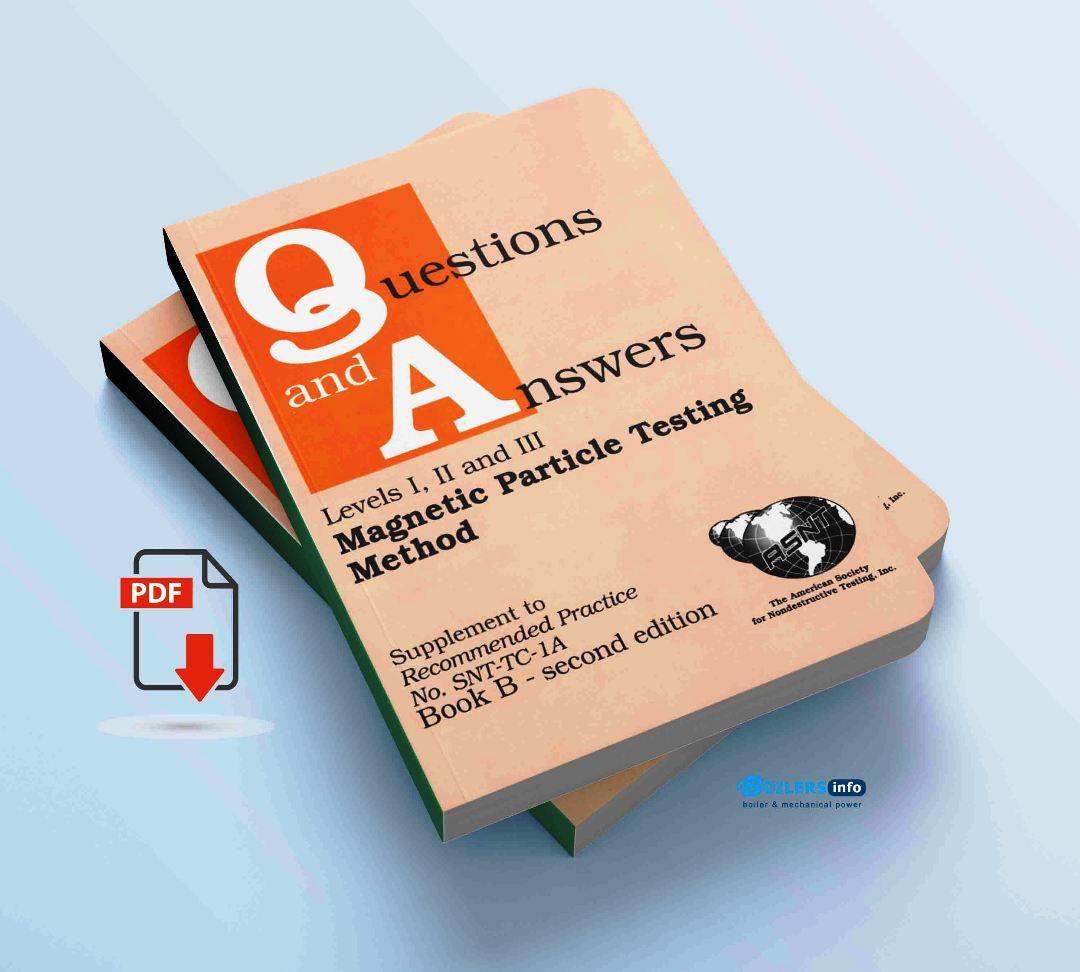
Question and answer For Magnetic Particle Testing Method Levels I, II, and III for download. Magnetic Particle Testing Method booklet contains suggested questions and answers in the Magnetic Particle Testing Method for use in conjunction with Recommended Personnel Qualification and Certification in Nondestructive Testing.
Table of Contents
- Level I Questions Answers
- Level II Questions Answers
- Level III Questions Answers
The following Series of NDT Question and answers is also available
- Question and answer For Ultrasonic testing Method
- Question and answer For Radiographic Testing Method
- Question and answer For Liquid Penetrant Testing Method
- Question and answer For Magnetic Particle Testing Method
- Nondestructive Testing NDT Handbook
 Boilersinfo Boiler and Mechanical Power Digital Library
Boilersinfo Boiler and Mechanical Power Digital Library
